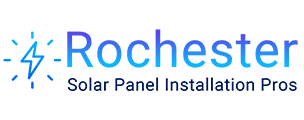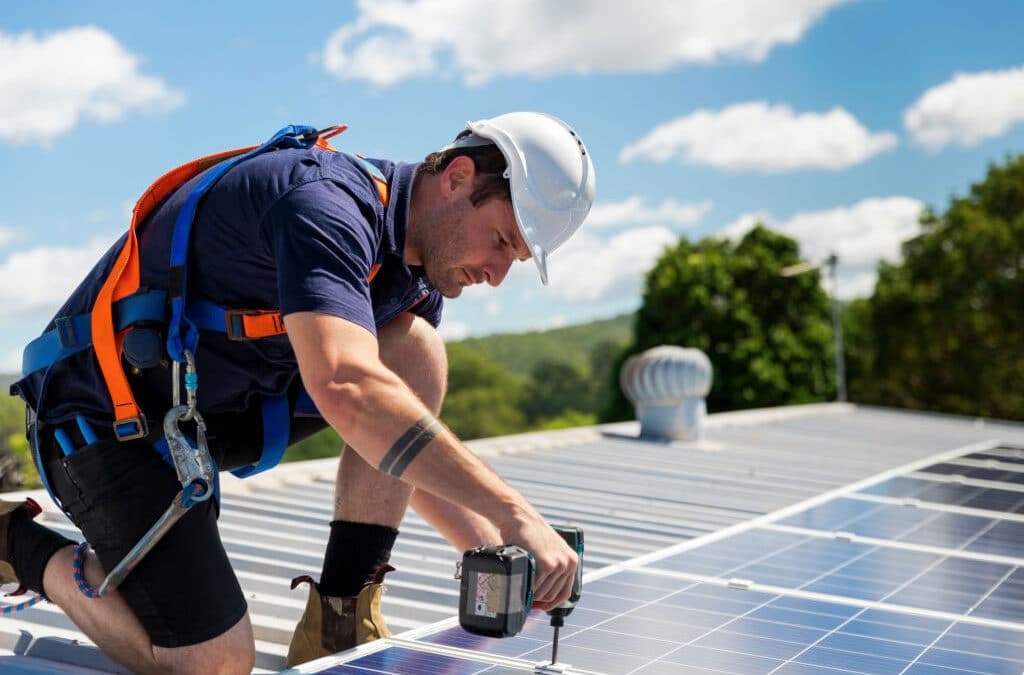If you are considering purchasing a solar panel system or already own one, but not fully knowledgeable of all that is involved with solar panel installation, you may be wondering how solar energy works and why it is such an efficient method for providing energy. While many of us have some idea of how solar cells work, many more are unaware of all of the facts involved with solar panel installation. However, first things first: solar energy production is nothing new. Since the discovery of electricity by the ancient Egyptians nearly four thousand years ago, solar energy has been used as the primary source of renewable energy. Today, it remains one of the most popular forms of alternative energy.
Solar energy production involves converting solar particles into energy via photovoltaic, which is a fancy term for the more familiar solar cells. Photovoltaic (PV) technology has evolved over the years, from the earliest types of PV cells found on early calculators and radio transmitters. It now is commonly integrated into residential and commercial buildings alike, as well as being applied to the manufacture of automobiles. The reason for the switch to PV was due to its environmental advantages. Solar panels can virtually eliminate the use of fossil fuels, which are the leading contributors to air pollution and global warming. Additionally, with PV technology is becoming more commonplace, it has become much easier to harness the energy created by the sun and convert it into a usable and affordable source of energy.
However, like any type of technology, solar panel installation comes with its own set of challenges and obstacles. Typically, the two most noticeable problems are properly locating the panels and ensuring adequate lighting during the installation process. While this article details the key factors involved in the installation process, very specific instructions for proper placement and use should be consulted to ensure maximum benefits to be gained. When considering placing the panels in a certain location, it is important to keep in mind that there are three main considerations: aesthetics, functionality and safety. By considering each of these areas, you will be able to ensure that your home or business is well lit and protected from the harmful rays of the sun.
One important factor that must be considered when planning a solar panel installation is how to best place the panels in relation to one another and your roof. While it is best if all the panels face in the direction of your roof, this is not always practical. With this in mind, an experienced and reputable solar installer will be able to provide you with alternative placement options, including a compass mount that allows the panels to face towards the east or west and an electrical panel mount that allows them to face north.
Depending on the type of equipment that you are installing, you may need additional wiring and connection packages to be installed. These wiring and connection packages can be expensive and can take quite a long time to install. As such, you should consider carefully which solar panel installation process suits your specific needs. For example, an individual that is installing a large solar system installation may want to consider having several extension wires that extend from their electric panels to other areas of their house. Likewise, an individual that is installing small solar systems may not necessarily need these types of extensions.
When discussing the panel wiring and extension cables with your installer, it is important to go over everything very carefully. It is important to find out exactly what is included in your installation package. Some solar panel installation companies charge an installation fee that is separate from the actual panels that you will have installed. Before agreeing to any package, you should make sure that you fully understand the cost of your utilities during the time that the system will be in use. This is especially important for commercial customers as utility company rates and rules vary depending on whether you are in a state that does not automatically renew your rate with the state’s utility company.
After the electrician has installed your solar panel system and you have agreed upon an appropriate mounting system, your next step is to find an area on your roof that will be optimized to receive the maximum sunlight exposure. Most residential customers will mount their solar panel systems on the roof. Installing direct mounted solar panels (DMS) on the roof is recommended as it offers the greatest amount of sunlight exposure per unit area. However, some residential customers may decide to mount their DMS systems on the flat roof or the shingle roof.
During your site visit, you will want to sit down and talk with the solar panel installers about their experience and qualifications. It is important for you to ask how many years of experience the installer has had and if they are accredited by the Better Business Bureau. You also want to ask about the warranty on the items being installed and if possible obtain a copy of their certificate of occupancy. Lastly, you want to discuss any other options you may have such as allowing the installer to install the system in more than one area of your home.

